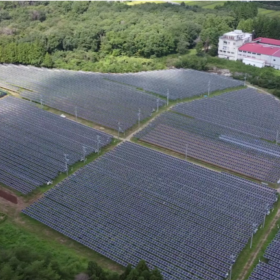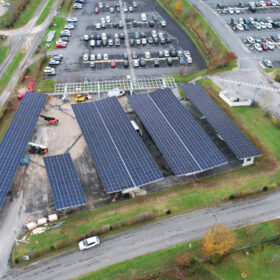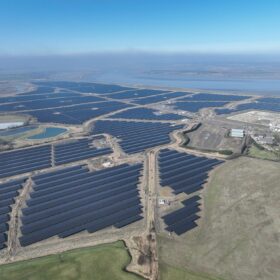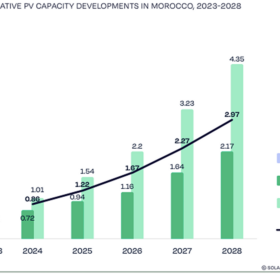从电池供应链中消除稀有、昂贵或有问题的材料,是全世界研究人员都在努力追求的一个重要目标。
当涉及到需要通过固定式储能来平衡间歇性可再生能源的电力供应时,电池的物理尺寸相对而言并不重要这一事实在材料选择方面开辟了更多可能性。 氧化还原液流电池是已经有商业化应用的电池化学结构之一,在市场具有竞争力。与像许多竞争性解决方案一样,液流电池通常都有一个碳电极。由MIT科学家带领的团队一直在研究这种碳的替代材料来源,主要考虑如何变废为宝。这个研究小组声称已经用几丁质制造出一种钒氧化还原液流电池。几丁质被描述为一种“类似于纤维素的多糖,存在于甲壳类和昆虫的外骨骼中”。 在期刊《ACS Sustainable Chemistry & Engineering》上发表的论文《探索用于钒氧化还原液流电池的生物质衍生活性炭》中,研究者对基于几丁质电极的钒液流电池进行了描述。
氮元素
撰文者之一的MIT化学工程师Francisco Martin-Martinez认为:“显然,碳电极可以实现更好的性能,但是这个项目的关键在于用废料生产这种电极,在这个案例中指的是来自虾壳中的几丁质。”他补充说,由于碳电极通常是合成生产的,因此这种前体材料的低成本和可持续性使其成为有吸引力的电极选择。
研究人员对基于几丁质的电极感兴趣的另一个原因是,这种材料既包含氮又包含碳。氮元素被掺入电极结构中,并被发现有助于钒离子之间的电子转移,从而改善电池性能。
该研究小组表示,将继续研究基于生物质的材料在能源领域的用途,这种几丁质电极也可能适用于包括海水淡化和超级电容器设备在内的应用。
This content is protected by copyright and may not be reused. If you want to cooperate with us and would like to reuse some of our content, please contact: editors@pv-magazine.com.














By submitting this form you agree to pv magazine using your data for the purposes of publishing your comment.
Your personal data will only be disclosed or otherwise transmitted to third parties for the purposes of spam filtering or if this is necessary for technical maintenance of the website. Any other transfer to third parties will not take place unless this is justified on the basis of applicable data protection regulations or if pv magazine is legally obliged to do so.
You may revoke this consent at any time with effect for the future, in which case your personal data will be deleted immediately. Otherwise, your data will be deleted if pv magazine has processed your request or the purpose of data storage is fulfilled.
Further information on data privacy can be found in our Data Protection Policy.